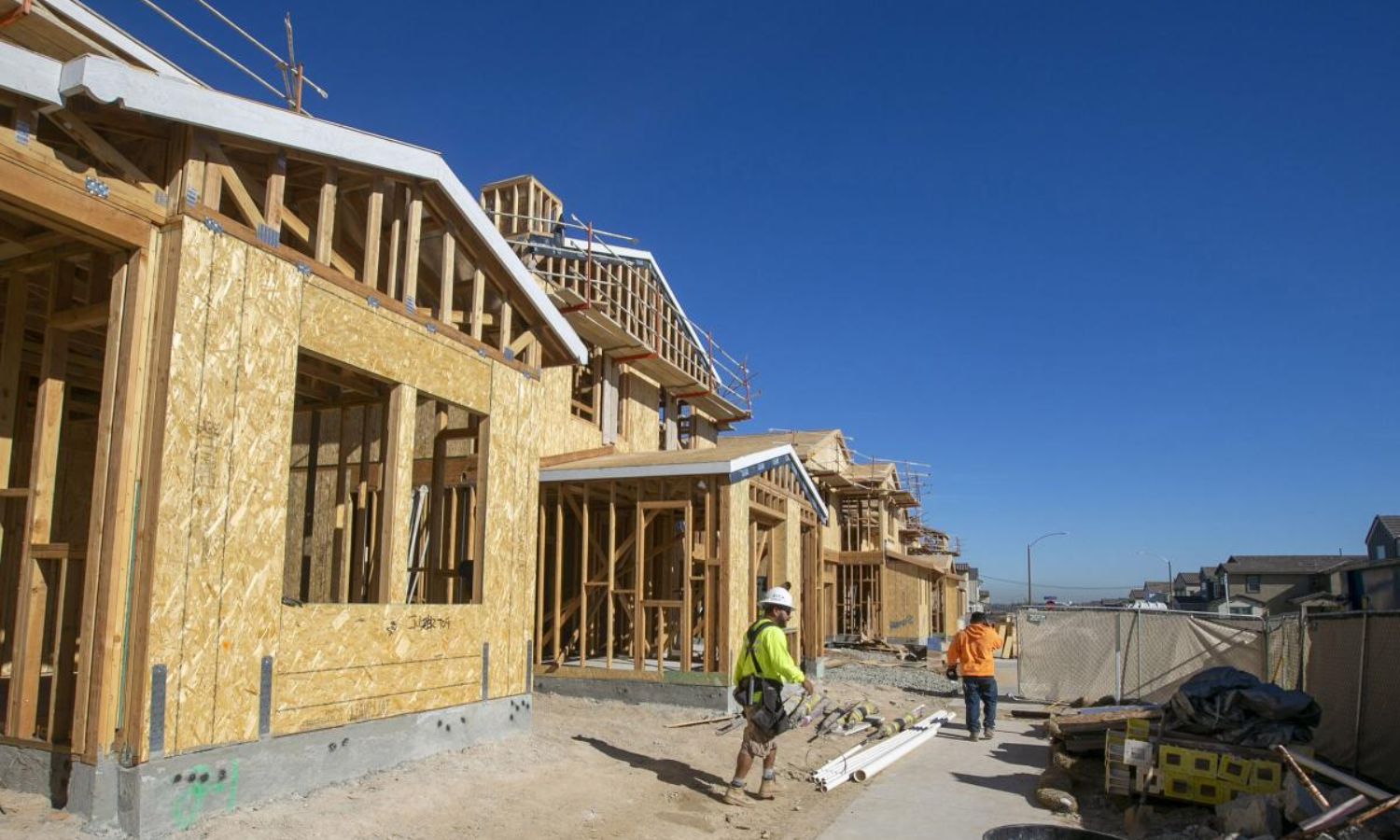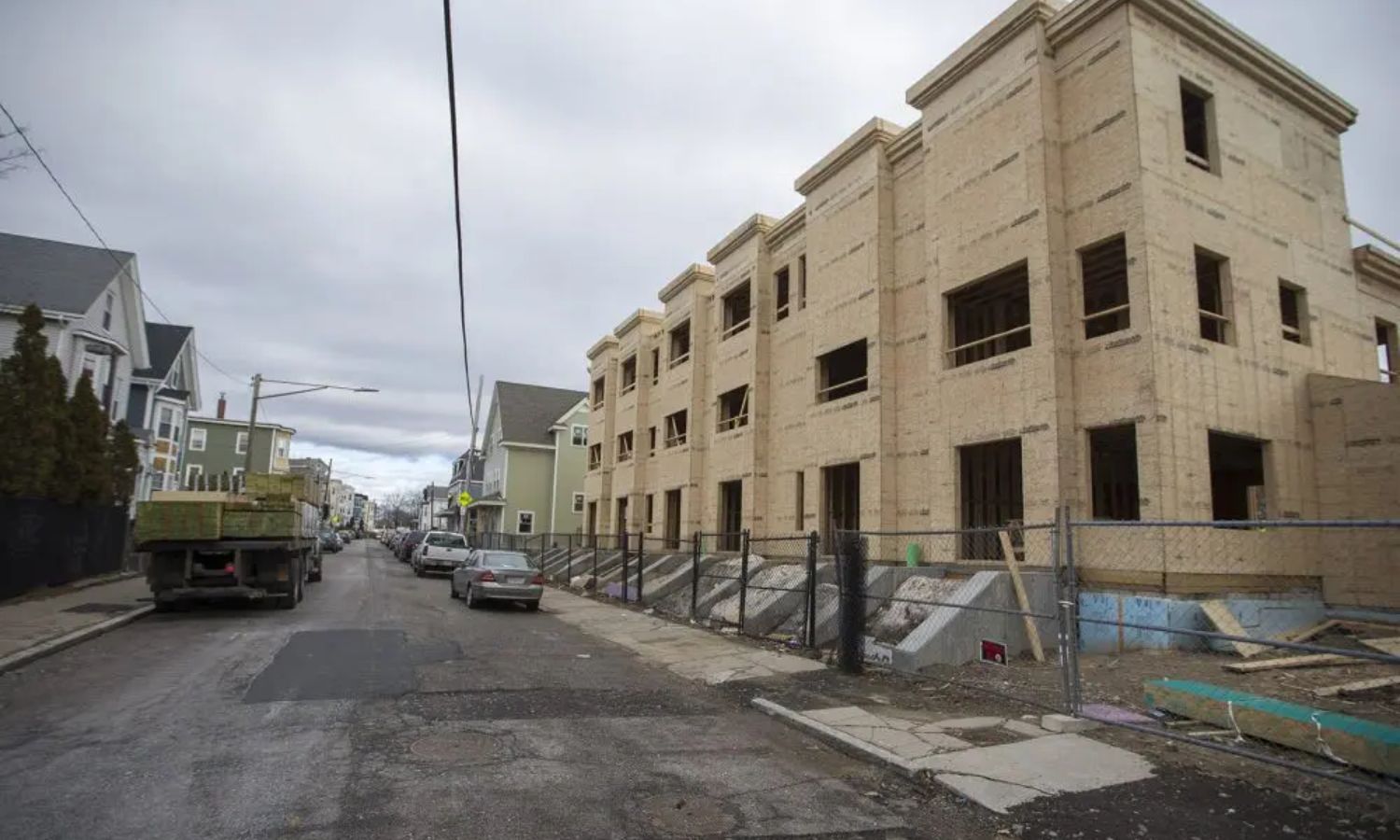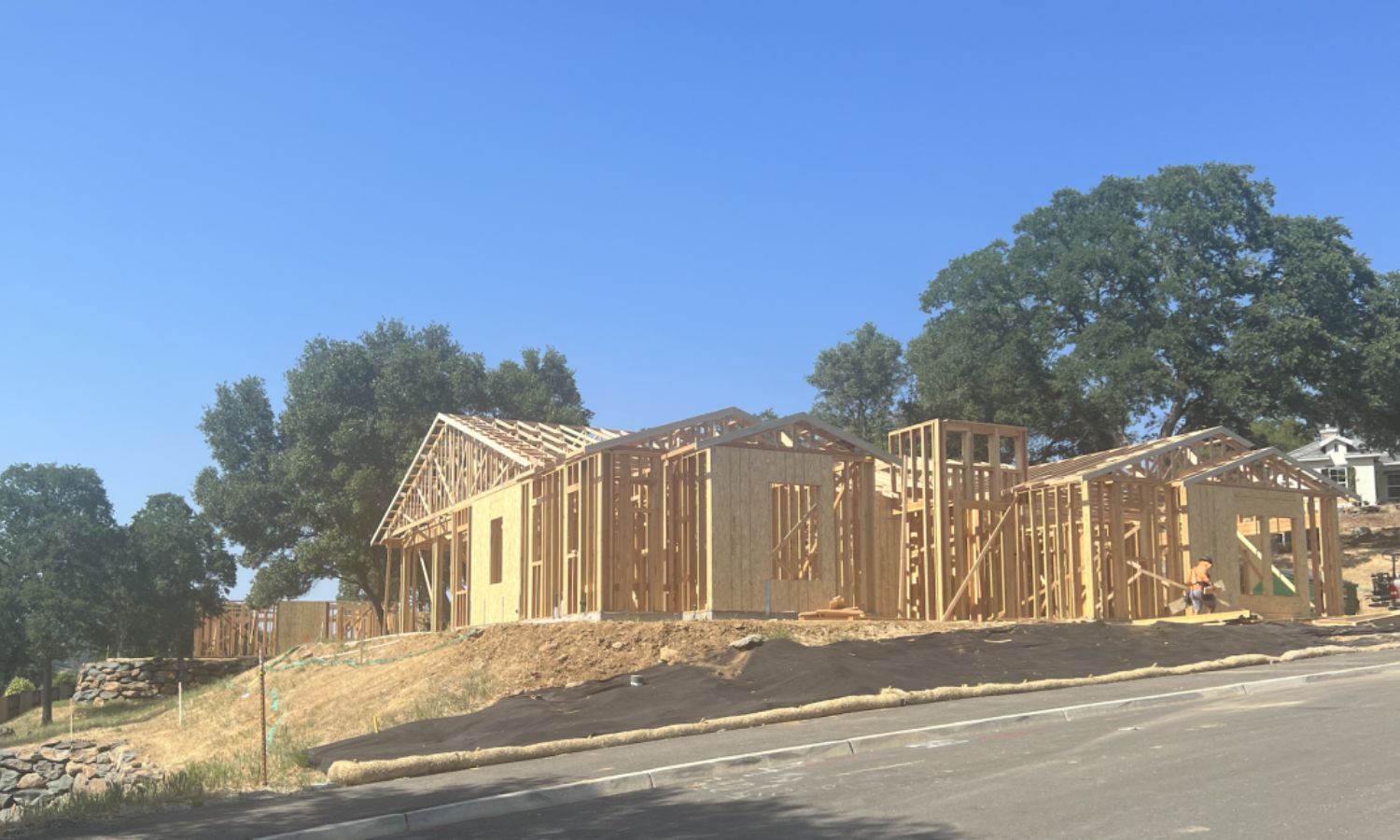Impacts of Inclusionary Zoning on Sacramento: In recent years, Sacramento has been grappling with a housing crisis that has left many residents struggling to find affordable homes. As part of their efforts to tackle this issue, the city has implemented various housing reforms, one of which is inclusionary zoning.
This approach requires developers to set aside a certain percentage of units in new residential developments for low-income households. However, the impacts of inclusionary zoning on Sacramento’s recent housing reforms are still a topic of debate and discussion.
Critics argue that it may hinder the supply of new housing and exacerbate affordability issues, while proponents point to studies and examples that show its potential benefits.
As the advocacy for liberalizing zoning and permitting gains momentum, it remains to be seen how inclusionary zoning will shape the future of Sacramento’s housing landscape.
Key Takeaways Of Impacts of Inclusionary Zoning on Sacramento
- Sacramento’s ‘Missing Middle Housing Plan’ aims to address the housing crisis by allowing the construction of apartments in single-family neighborhoods through ‘upzoning’, including duplexes, triplexes, and fourplexes.
- The ongoing debate on inclusionary zoning in Sacramento highlights varying perspectives and concerns raised by city council members, with key arguments revolving around affordability versus development, economic impact, and administrative challenges.
- Critics of inclusionary zoning express concerns about its effectiveness, with Councilwoman Lisa Kaplan questioning its impact and potential negative outcomes such as higher housing costs for market-rate units and discouragement of new construction.
- Studies on the impacts of inclusionary zoning, including those conducted by New York University’s Furman Center, have highlighted concerns about reduced housing supply, increased housing costs, and inefficient allocation. Advocates propose liberalizing zoning and permitting requirements as a more flexible approach to creating an inclusive housing market, supported by UCLA’s Lewis Center study and evidence from a California audit of San Francisco’s housing policies.


Sacramento’s Missing Middle Housing Plan
The implementation of Sacramento’s ‘Missing Middle Housing Plan‘ marks a significant step towards addressing the housing crisis by allowing for the construction of apartments in single-family neighborhoods through a policy known as ‘upzoning’. This move is expected to alleviate housing shortages by increasing the density of housing options available in the city.
The ‘Missing Middle Housing Plan’ aims to bridge the gap between single-family homes and large apartment buildings by allowing for the construction of duplexes, triplexes, and fourplexes in areas that were previously restricted to single-family homes. By diversifying the types of housing available, the plan seeks to provide more affordable options for residents while also increasing the overall supply of housing.
This approach reflects a recognition of the need for innovative solutions to address the pressing housing crisis in Sacramento.
The Debate on Inclusionary Zoning
There is currently an ongoing debate surrounding the implementation of inclusionary zoning in Sacramento, with differing perspectives and concerns raised by city council members. The debate revolves around the potential impacts and unintended consequences of requiring developers to allocate a portion of new units for affordable housing.
Some of the key arguments and concerns include:
- Affordability versus Development: Supporters of inclusionary zoning argue that it is necessary to address the affordable housing crisis and ensure that low-income families can access housing. On the other hand, opponents express concerns that it may deter developers from investing in new projects, leading to a decrease in overall housing supply.
- Economic Impact: Critics worry that inclusionary zoning could increase housing costs for market-rate units, potentially burdening middle-income households. They raise concerns about the potential negative effects on the local economy, such as reduced job creation and economic growth.
- Administrative Challenges: Another point of contention is the administrative burden of implementing and enforcing inclusionary zoning policies. Critics argue that it may lead to delays in the development process and increased costs for both developers and the city.
The ongoing debate on inclusionary zoning reflects the complexities and trade-offs involved in addressing affordable housing in Sacramento.
Critics and Concerns
Critics of inclusionary zoning raise concerns about its effectiveness and potential negative outcomes. Councilwoman Lisa Kaplan and other critics question the effectiveness of inclusionary zoning and express concerns about negative outcomes. Research, spanning decades, has consistently shown potential drawbacks associated with this policy.
One concern is that inclusionary zoning may lead to higher housing costs for market-rate units, as developers pass on the cost of providing affordable units to buyers or renters. Another concern is that it may discourage new construction, as developers may find it financially burdensome to comply with inclusionary zoning requirements.
Critics also argue that inclusionary zoning may not effectively address the issue of affordable housing, as it only provides a limited number of units and may not reach the most vulnerable populations. Additionally, it is argued that inclusionary zoning may lead to unintended consequences such as reduced housing supply and increased segregation.
These concerns highlight the complexities and potential trade-offs associated with inclusionary zoning policies.


Also Read: Guide to Engaging in Cupertino City Council Meetings
Studies and Examples
In examining the impacts of inclusionary zoning on Sacramento’s housing reforms, it is important to consider the findings of various studies and examples that shed light on the potential drawbacks of this policy. Studies conducted by the New York University’s Furman Center, as well as economists studying New York and Virginia, provide evidence on the potential negative consequences of inclusionary zoning.
These studies highlight the following concerns:
- Reduced housing supply: Inclusionary zoning can lead to a decrease in overall housing supply, as developers may choose to build fewer units to offset the costs of including affordable units.
- Increased housing costs: The inclusion of affordable units can result in higher costs for market-rate units, as developers pass on the costs of subsidizing affordable housing to other buyers.
- Inefficient allocation: In some cases, inclusionary zoning can result in the inefficient allocation of affordable units, where they are concentrated in certain neighborhoods or developments, rather than being dispersed more evenly throughout the city.
These findings underscore the need for careful consideration and evaluation of the potential impacts of inclusionary zoning policies on Sacramento’s housing reforms.
Advocacy for Liberalizing Zoning and Permitting
Advocates for affordable housing propose liberalizing zoning and permitting requirements to create a more inclusive housing market. They argue that by removing restrictions and allowing developers to build based on market demand, housing can be created for all income levels.
A study conducted by UCLA’s Lewis Center supports this idea, suggesting that liberalizing zoning and permitting can lead to housing that is affordable for a wider range of residents.
The California audit of San Francisco’s housing policies also provides evidence in favor of this approach. It found that streamlined permitting and density bonus incentives resulted in more 100-percent affordable developments compared to inclusionary zoning.
These findings highlight the potential benefits of a more flexible approach to zoning and permitting in addressing the affordable housing crisis.


Conclusion Of Impacts of Inclusionary Zoning on Sacramento
The impacts of inclusionary zoning on Sacramento’s recent housing reforms have been a topic of debate and concern. Critics argue that it may hinder housing supply and increase costs, while advocates believe it can promote affordable housing and equitable development.
Studies and examples from other cities provide mixed results, highlighting the need for careful implementation and monitoring. Ultimately, Sacramento’s ‘Missing Middle Housing Plan’ and the ongoing advocacy for liberalizing zoning and permitting highlight the complex nature of addressing housing affordability and inclusivity.
Our Reader’s Queries
Q1. Is there a housing shortage in Sacramento?
A. Housing advocates argue for an increased availability of micro flats and their corresponding lower rents throughout the region. They highlight a pressing concern, noting that Sacramento County faces a shortage of approximately 56,000 affordable homes for low-income renters. This persistent deficit, outlined in a May study by the California Housing Partnership, has remained high over an extended period.
Q2. Is the housing market going down in Sacramento CA?
A. In the past 12 months, the median list price for homes in Sacramento has seen a notable decline of 8.9%, as reported by recent data. In December 2023, the median home list price in the area stood at $409,900, marking a decrease from the previous year. Additionally, the median price per square foot was recorded at $303.
Q3. Why is Sacramento houses cheap?
A. The vitality of the Sacramento housing market is significantly influenced by the state of the economy. A robust economy typically fosters increased demand for housing, while a sluggish one can potentially lead to a reduction in demand or a decline in the median home price.
Q4. Are Sacramento home prices falling?
A. In a notable shift in pricing trends, the median sales price in the recent period saw a 4.2% decrease, dropping from $548,000 to $525,000. However, when compared to November 2022, there was a positive upturn with a 2.9% increase, reaching $510,000.

